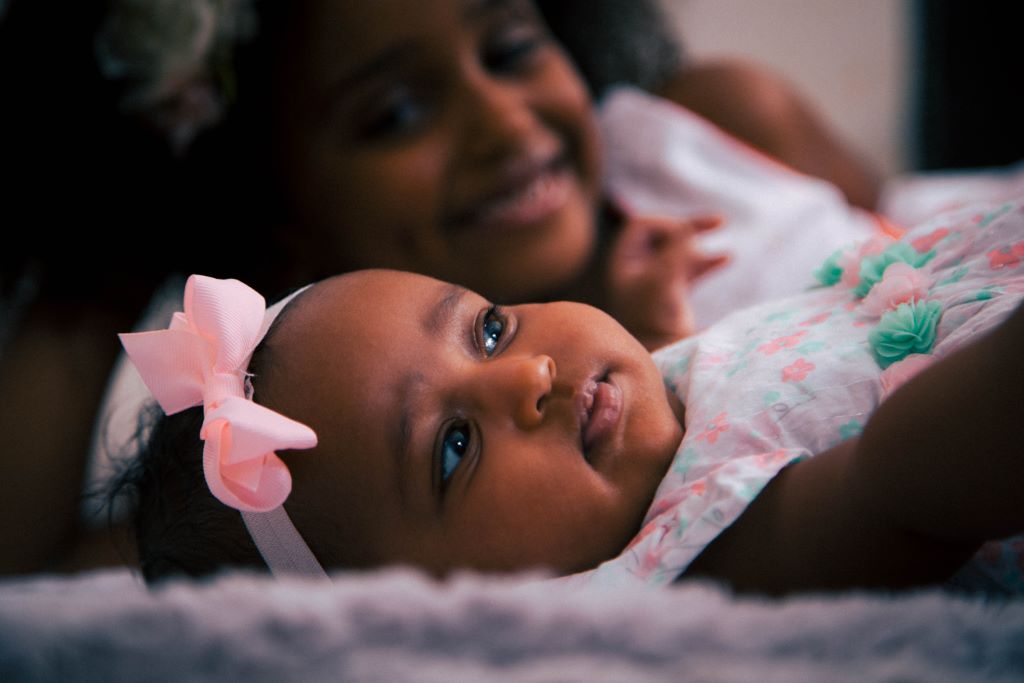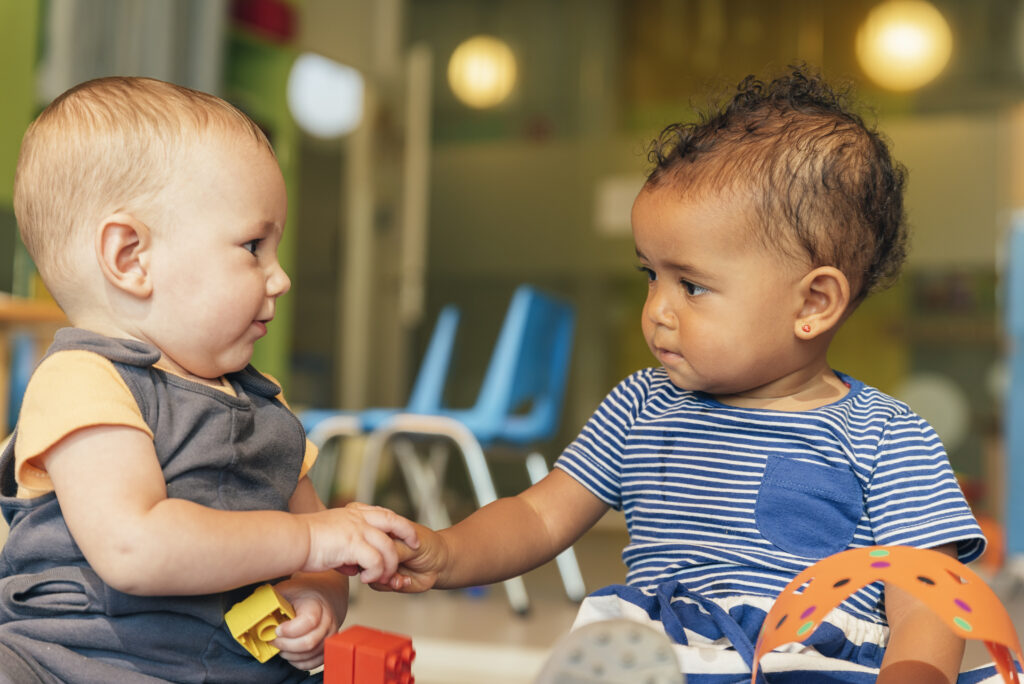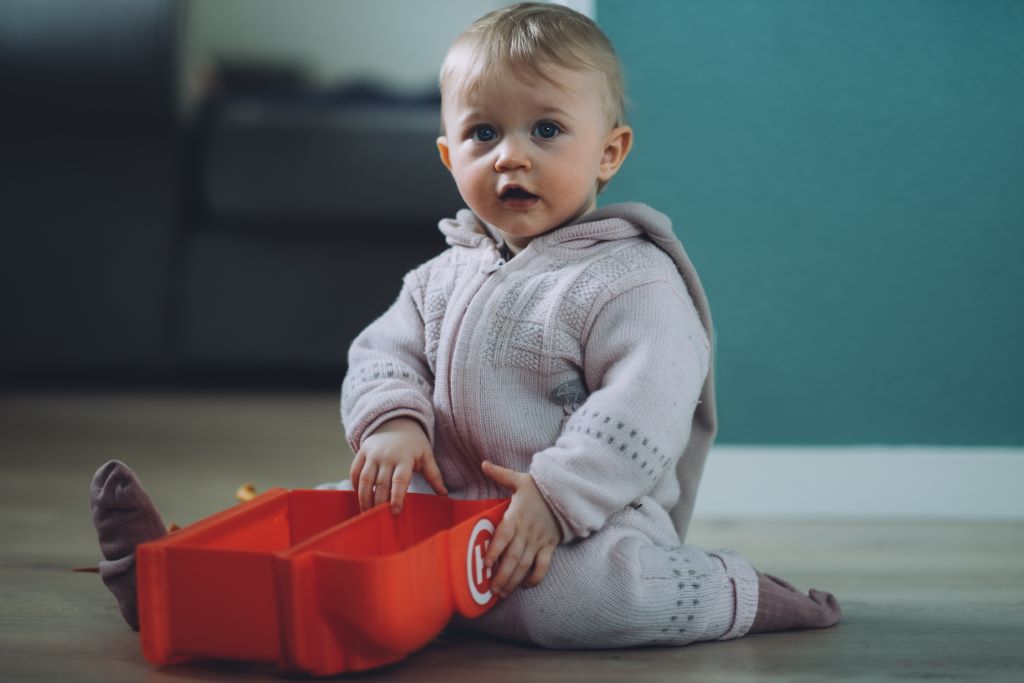Motor development is a gradual process during which the child will slowly increase their use and coordination of the smaller muscles in their hands as well as the large muscles, such as those of their trunk, legs, and arms. In this respect, growth and development are two distinct processes, which remain interlinked.
Specific developmental milestones are generally reached at certain ages. For this reason, during visits to their pediatrician, the baby’s growth criteria, such as height and weight, will be measured while the doctor will also ask about the baby’s development, including how they move, grasp items, make eye contact, and vocalize.
Many things can be done to help make a child’s developmental progress stable and successful. If you have any questions or concerns about your child’s development, talk with your doctor or nurse practitioner, or, for a comprehensive research of your baby’s current skills and developmental stage, book a longitudinal complex test with us.
Development is a non-linear process. Each baby will develop at their own pace, achieving milestones along their own distinct path. Some babies might even skip stages or acquire certain motor abilities at the same time. This is why any summary of baby development, such as this one, should be considered nothing more than a general framework. Knowing these principles will help you understand how your baby is developing in their own special way.

That being said, motor development in babies generally happens in the following order:
The movements of a newborn are mostly spontaneous. These are a continuation of the movements made in the womb, generally involving the whole body. At just 1 month of age, a baby’s neck muscles won’t have developed enough to be able to support their head for an extended period of time. At this point, babies will be able to briefly lift their heads while lying on their stomachs.
Newborn reflexes influence the limb movements at this stage. One example of this is the startle reflex, which sees babies spreading out their fingers and throwing out their arms when faced with a loud noise or any other sudden, unexpected stimuli.

By the time they have reached 6 weeks of age, these newborn reflexes will have begun to fade. Their strength and coordination will have improved. At 3 months, their neck muscles will have developed enough to be able to support their heads for extended periods of time, meaning that they can also control their head movements.
The Therapist’s Advice: Regularly put your baby on their tummy when they’re awake to help strengthen the back and neck muscles, making sure to supervise them closely. A mirror or a playmat with a lot of contrasting colors can help keep the baby engaged during this tummy time. This exercise can be done beginning at birth. Starting doing it for only a few seconds at a time, gradually working up to a full minute. As the weeks go by, you can continue increasing the time as you see your baby getting stronger.
Once they’ve reached 4 months of age, thanks to the gains made in the use and coordination of their large muscles, the baby’s balance and movement will have dramatically improved as well. At this stage, babies gain more control and balance of their heads, necks, and trunks while gaining more strength in their large muscles (back, abdomen, and bottom) and their small muscles (eyes, fingers, and feet). At around this same time period, the baby will begin to play with their hands. You’ll see them beginning to reach for objects and grasping your finger on purpose, instead of as a reflex.

When they are between 4 and 6 months of age, babies begin to roll over on purpose and may be able to sit in the tripod position, using their hands for balance. Babies may grasp toys with their palms and reach for items with both hands.
The Therapist’s Advice: Give your baby plenty of tummy time and free play time, either on the floor or on a not-too-soft mattress. You should play with your baby on the floor regularly. Show them how to reach for toys. Offer them toys that can be easily grabbed by those tiny hands. While avoiding overstimulation, put a few toys around them to make them want to reach out, move around, and explore. Show them how to roll over. Start out with the baby on their back. Then roll them gently over onto their stomach before rolling them onto their back again. Repeat this in both directions. This movement can be dynamic, but you also want to make sure that it’s gentle.
As the nervous system continues to form connections, babies gain more control of their muscles. From 6 to 9 months of age, they develop coordination in their legs and trunks. The muscles in their shoulders and backs become strong enough to stabilize their bodies.
When babies reach about 6 to 7 months of age, their muscles are strong enough for them to begin propelling themselves around on their bottoms, also known as scooting. They can also begin creeping, which is when they drag themselves around on their tummy using their arms and legs.

At this stage, babies begin to sit alone steadily. They begin standing on all fours and may rock themselves back and forth. This is a way for them to naturally prepare themselves to crawl and stand up, which will come later on. The rocking motion stimulates the vestibular senses while helping compress their joints and bones.
Once they reach 8 to 9 months, babies may crawl on their hands and feet. Some babies even begin to pull themselves up to a standing position. Keep in mind that the timing and sequencing of these milestones will vary widely.
At this point, the baby’s hands and fingers will be strong for more advanced play. They can reach for, hold, and release items intentionally while also pulling, turning, and playing with items using both hands.
The Therapist’s Advice: Play games of cause and effect with your baby. Put things in a container before taking them out again. Roll a ball together. Raise toys to the height of the baby’s shoulder to encourage their back to straighten.
From 9 to 12 months of age, babies will increase their hand and finger control. They may be able to grasp small objects using their index finger and thumb. As the brain continues to grow, their control over the large muscles will continue to become more refined.

At this stage, most babies are crawling and standing. In the months before beginning to walk, babies will often cruise around the room for hours. Cruising, which is when they hold onto furniture and other objects, helps with the development of their muscles and coordination while also offering the baby the opportunity to practice walking.
Eventually, at around 12 to 15 months of age, the baby will become a toddler as they take their first steps and begin to walk.
The Therapist’s Advice: Don’t make your baby do things that they aren’t ready for and don’t rush them. Don’t make them sit or walk them around until the baby has begun to do these things independently. In our next article, we’ll explain, why.

Hreyfiland is a family gym that offers play-based movement development classes led by a qualified child motor development therapist.